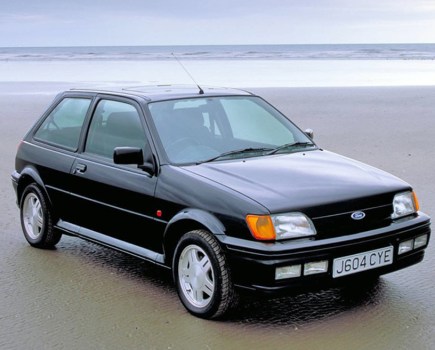By any standards, André Citroën’s fall from grace was spectacular. In December 1934, the car manufacturing company that he had founded just 15 years earlier, under his own name, filed for bankruptcy. Its only chance of survival was for its largest creditor, Michelin, to step in with financial support, becoming Citroën’s majority shareholder in the process. As for André Citroën, his presence was no longer welcome and he was effectively barred from the company that still bore his name; by the following July he was dead, having succumbed to stomach cancer at the age of just 57.
Against such a backdrop of tragedy, Citroën’s rise to prominence within the early years of Europe’s motor industry seems all the more impressive. Like so many of his fellow industrial magnates both in France and here in Britain, André Citroen spied opportunities and acted upon them, going on to enjoy the kind of success that made names like William Morris, Herbert Austin and Louis Renault equally famous. Indeed, Citroën was so successful that, just eight years after the company was founded in 1919, it was Europe’s biggest-producing car manufacturer, plus the fourth largest in the world.
Unlike some of his contemporaries in the motor industry, however, there was more to André Citroën than an engineering background and an entrepreneurial spirit. Even in the early days, he understood the importance of advertising and marketing. While William Morris was known to boast about how little he spent on advertising, André Citroen went to the other extreme, taking out full-page advertisements in French newspapers – at a time when rival companies would buy only a fraction of a page.
Not only that, André Citroën paid for 100,000 road signs featuring the company’s double-chevron logo to be erected throughout France; and he famously had the Citroën name feature in a huge lighting display on the Eiffel Tower, achieving something of a marketing coup via one of France’s most-visited tourist attractions. With such a forward-thinking attitude towards marketing and promotions, it’s little wonder that the fame of Citroën as a brand spread so rapidly.
Behind the razzamatazz, however, was real substance, for André Citroen was a man who believed in innovation and a quality of engineering. As early as 1900, while on a family visit to Poland, he visited an engineering works that produced gear wheels with an unusual chevron pattern to them, which meant less noise and greater efficiency in use. Citroën bought the rights to the design on the spot, and by 1904 was manufacturing chevron-shaped gears in his own factory. It proved so successful that he was soon supplying gears for heavy industry worldwide, and even won the contract to produce the steering gear of the Titanic.
André Citroën’s first foray into the motor industry occurred in 1908, when he became a consultant for car manufacturer Mors, moving to the role of chairman during the same year. His success was impressive, taking annual production from just 120 cars to more than 1200, and he remained with Mors during its most successful years.
The devastation created by the First World War, however, brought Citroën’s expertise to the fore. He persuaded the French government to fund a brand new armaments factory, which – under Citroën’s guidance – went on to produce 10,000 shells a day. By the end of the war, André Citroën’s factory had manufactured an astonishing 23 million shells, and Citroën himself was widely viewed as one of France’s most successful businessmen.
With both experience and a high-profile image to his advantage, it was inevitable that Citroën would look to start producing cars under his own name, with the first model – the Type A – going on sale as early as 1919. And just as he wasn’t afraid to take risks in business, André Citroën was equally creative when it came to funding; it was during that very same year that he entered discussions for a sale of his company to General Motors, although this floundered when the American firm decided against such a move.
Citroën as a car manufacturer existed thanks to the support of various financial backers, and it was André Citroën’s likeable personality and persuasive manner that brought such backing. In his 2005 book ‘Citroën Traction Avant’ author Jon Pressnell wrote: “The finances of his company were built around a complex web of credit arrangements that could only be sustained so long as the company – and the French car market – continued to expand; retrenchment, as well as being against Citroën’s ambitious nature, could only bring crashing down what was in financial terms a precarious house of cards.”
In the end, of course, the costs involved in developing the company’s most ambitious model – the Traction Avant – effectively led to the 1934 bankruptcy (and subsequent change of ownership) mentioned earlier. The Traction Avant, famed for being front-wheel drive and featuring a monocoque bodyshell, was a true groundbreaker and would go on to be a big success for Citroën under its new owner Michelin.
But let’s not forget that it was André Citroën who instigated this most innovative of ’Thirties designs. And it was he and his company that, during his 15 years at the helm, also created Europe’s first steel-bodied car (the B10) and the first commercially available diesel-engined passenger car (the Rosalie). His tenure may have been relatively short, but André Citroën’s influence as an innovator would live on at Citroën for a long time to come.



